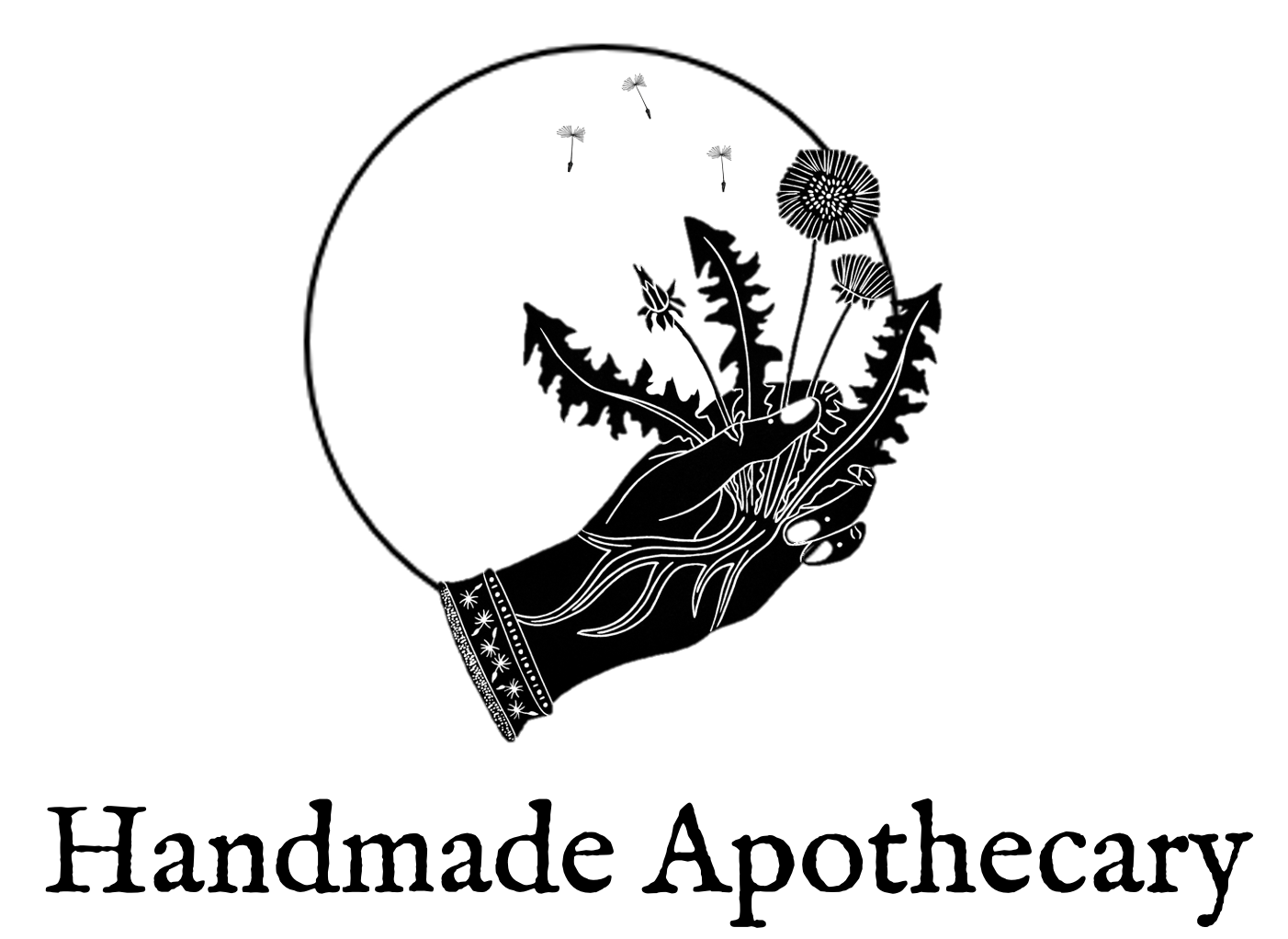BEWARE // A moral tale of deadly danger. A few days ago, in a botanic garden, myself and a friend (a professional botanist and forager, Lukasz Luczaj, who doesn’t mind being tagged here) were looking at a patch of glorious fennel, fragrantly growing in the warm afternoon sunlight. I took a nibble to confirm it was fennel and not dill due to it being an unusual growth. - OK, never eat things in a botanic garden, its against the rules and where the downturn began.- Then my friend also grabbed some to try but they were looking at me and not the plant. I suddenly realised in shock that in the middle of the bed, a close but deadly relative, poison hemlock (Conium maculatum) had crept in and this was what they had inadvertently grabbed and eaten. A swift calculation of active dose in milligrams of the active constituent alkaloid, coniine, to mass body weight from amount eaten meant we didn't think there would be an issue, but you can NEVER be too careful. We were aware of the symptoms, thanks to Socrates, the Greek philosopher executed in 399 BC with hemlock (*see below for full description): numbing in feet and legs, creeping upwards until the respiratory system is affected and breathing stops.
We were next to a street of hospitals so went to a cafe next door to one for an espresso(caffeine can help counteract effects in some cases/doses) and waited for the 30-60 minutes it might take for the symptoms to kick in. They didn't and so we waited around a few more hours but all was fine. They then spoke to a doctor to discuss any long term effects, but they think they only took a small amount because he swiftly realised what happened and started spitting it all out.
.
Moral: This happened to a professional botanist, which means if even the best of us can succumb to momentary madness, we all can. So check once, twice, three times. Don't get complacent. Don't eat a plant unless you know what it is. Which means looking and thinking at all times.
However, I don’t want to scare you or put you off foraging. Just be cautious, learn your poisonous plants really, really well so you can recognise them and don’t put anything in your mouth you aren’t 100% confident of. Find a forager and go get hands on experience.
The fennel bed (yellow flowered), containing a sneaky Hemlock (white flowered).
The Apiaceae family, with its umbell-arranged flowers and parsley leaves can be commonly mistaken for each other, and though fennel is quite distinct from hemlock, it seems to be a mistake that happens occasionally according to recorded cases. Perhaps this is because fennel looks SO different, false confidence happens and you just harvest and don’t notice if another plant is in your patch. Take care and know how to identify hemlock and how to recognise poisoning symptoms.
Fennel has distinct feathery leaves that smell sweet and yellow flowers changing to yellow topped, long green seeds (later maturing to brown, like you find in the shops). Hemlock, on the other hand, has white flowers, and the crushed leaves have a distinct, horrid smell that makes you gag, and has been described as ‘mousey’. The seeds are rounder, small and ‘winged’, the leaves are like fine parsley. Another feature that helps you distinguish it from other similar white-flowered umbellifers, of which there are many, is the purple splotchy stems. I’ll be posting about the Apiaceae/Umbellifer family soon and how to tell the family apart from others and how to distinguish some of the more deadly members.
The yellow-topped, immature fennel seeds. Notice the umbell arrangement common to the members of this family: clusters of flowers/seeds originating from a single point on the stem, like umbrella spokes.
A close up of the flowers and winged, immature fruits of the poison hemlock. Same umbell arrangement as the fennel.
The purple, splotchy stems of hemlock
The feathery ‘parsley-like’ leaves of hemlock. Parsley is a relative, hence the similarity. Though unlike fragrant relatives such as fennel, dill, parsley and coriander, hemlock leaves, seeds and flowers smell mousy and stale.
Some papers to cases of deadly, and some not so deadly hemlock poisoning cases:
Colombo et al. (2009). Hemlock poisoning due to plant misidentification
Erenler (2007). A case of respiratory failure due to poison hemlock poisoning presented
to an emergency department.Konca et al. (2014). Hemlock (Conium Maculatum) Poisoning In A Child
*Socrates description of death by hemlock, reposted from eye witness to history.
“…Socrates walked around until he said that his legs were becoming heavy, when he lay on his back, as the attendant instructed. This fellow felt him, and then a moment later examined his feet and legs again. Squeezing a foot hard, he asked him if he felt anything. Socrates said that he did not. He did the same to his calves and, going higher, showed us that he was becoming cold and stiff. Then he felt him a last time and said that when the poison reached the heart he would be gone.
As the chill sensation got to his waist, Socrates uncovered his head (he had put something over it) and said his last words: 'Crito, we owe a cock to Asclepius. Do pay it. Don't forget.'
'Of course', said Crito. 'Do you want to say anything else?'
'There was no reply to this question, but after a while he gave a slight stir, and the attendant uncovered him and examined his eyes. Then Crito saw that he was dead, he closed his mouth and eyelids.
This was the end of our friend, the best, wisest and most upright man of any that I have ever known"
Plato's description appears in: Tredennick, Hugh (translator)The last days of Socrates : Euthyphro, The apology, Crito, Phaedo / Plato (1959); Freeman, Charles, The Greek Achievement (1999); Stone, I.F., The Trial of Socrates (1988).






